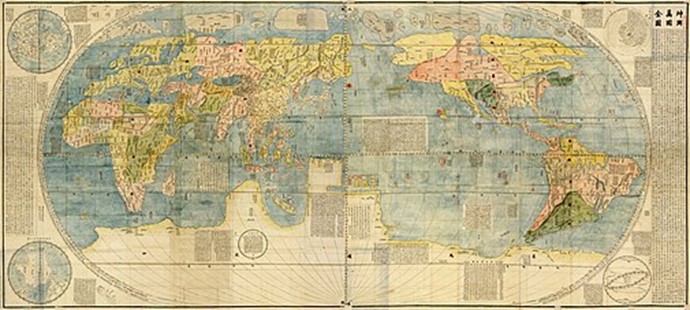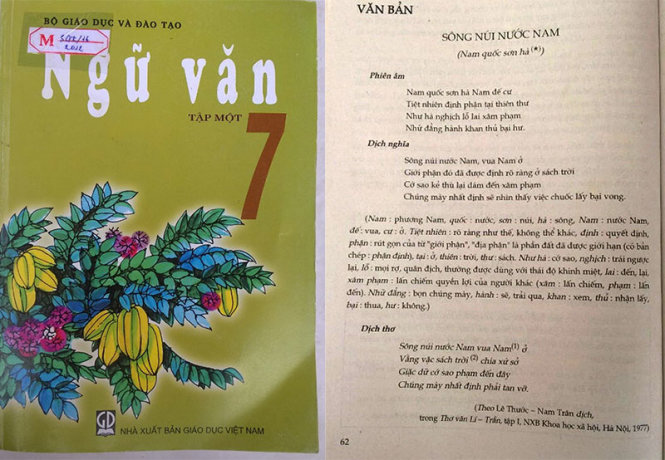Abstract: During the eastward expansion of Western Europe since the sixteenth century, many Christian missionaries arrived in the Far East with the help of East Indian merchant ships. Besides the Bible, they brought to China many Western scientific knowledge, including their geographical compositions of the world such as 坤輿圖說Kunyu Tushuo / Illustrated Treatise of the Geography of the World, 職方外紀 Zhifang Waiji / Record of Places Outside the Known World, 航海金針 Hanghae Kinchin / Navigators’ Golden Needle, etc. Attaining knowledge from these books, Chinese scholars produced their own compositions about the world’s geography such as 東西洋考 Dong-Xiyang Kao / Account of the Eastern and Western Oceans, 瀛寰誌略Yinghuan Zhilue / A Brief Description of the World, and 海國圖志Haiguo Tuzhi / Illustrated Treatise on Maritime Kingdoms. These Chinese documents were widely appreciated in neighboring countries, including Vietnam, as components of the Enlightenment knowledge. Studying these documents helps to expand our understanding of the Enlightenment history in East Asia and how critically Vietnamese innovative scholars received the knowledge about the world’s geography, especially that from the compositions by Chinese scholars.
Keywords: Sino-charactered compositions, word’s geography, Enlightenment movement, Enlightenment new letters, 坤輿圖說Kunyu Tushuo.
 坤輿萬國全圖 (Map of countries on earth)
坤輿萬國全圖 (Map of countries on earth)


